The Bowman's capsule (or capsula glomeruli, glomerular capsule) is a cup- like sac at the beginning of the tubular
component of a nephron in the mammalian kidney that performs the first step in the filtration of blood to form urine. A glomerulus is enclosed in the sac. Fluids from blood in the glomerulus are collected
in the Bowman's capsule (i.e., glomerular filtrate) and further processed along the nephron to form urine. This process is known as ultrafiltration.[citation needed] Anatomy Outside the capsule, there are two "poles": The vascular pole is the side with the afferent arteriole and efferent arteriole. the urinary pole is the side with the proximal convoluted tubule. Inside the capsule, the layers are as
follows, from outside to inside[citation needed]: parietal layer -- A single layer of simple squamous epithelium. Does not function in filtration.[citation needed] Bowman's space (or "urinary space", or
"capsular space") -- Between the
visceral and parietal layers, into which
the filtrate enters after passing through the podocytes' filtration slits.[1] visceral layer -- Lies just above the
thickened glomerular basement membrane and is made of podocytes. Beneath the visceral layer lie the glomerular capillaries.[citation needed] Filtration Barrier -- The filtration barrier
is composed of the fenestrated
endothelium of the glomerular
capillaries, the fused basal lamina of the
endothelial cells and podocytes, and the
filtration slits of the podocytes. The barrier permits the passage of water,
ions, and small molecules from the
bloodstream into the Bowman's space.
The barrier prevents the passage of
large and/or negatively charged
proteins (such as albumin). The basal lamina of the filtration barrier is
composed of three layers. The first layer
is the lamina rara externa, adjacent to
the podocyte processes. The second
layer is the lamina rara interna,
adjacent to the endothelial cells. The final layer is the lamina densa which is
a darker central zone of the basal
lamina. It consists of the meshwork of
type IV collagen and laminin which act
as a selective macromolecular filter.[citation needed] A - Renal
corpuscle
B - Proximal
tubule
C - Distal
convoluted tubule
D -
Juxtaglomerular
apparatus
1. Basement
membrane (Basal lamina) 2. Bowman's capsule - parietal layer 3. Bowman's capsule - visceral layer 3a. Pedicels (podocytes) 3b. Podocyte or sometimes called Bowman's cells 4. Bowman's space (urinary space) 5a. Mesangium -
Intraglomerular
cell
5b. Mesangium -
Extraglomerular
cell 6. Granular cells
(Juxtaglomerular
cells)
7. Macula densa
8. Miocytes
(smooth muscle) 9. Afferent
arteriole
10. Glomerulus
Capillaries
11. Efferent
arteriole Physiology The process of filtration of the blood in the
Bowman's capsule is ultrafiltration (or glomerular filtration), and the normal rate
of filtration is 125 ml/min, equivalent to 36
times the daily blood volume.[citation needed] Any proteins under roughly 30 kilodaltons can pass freely through the membrane,
although there is some extra hindrance for
negatively charged molecules due to the
negative charge of the basement
membrane and the podocytes.[citation needed] Any small molecules such as water, glucose, salt (NaCl), amino acids, and urea pass freely into Bowman's space, but cells, platelets and large proteins do not.[citation needed] As a result, the filtrate leaving the
Bowman's capsule is very similar to blood plasma in composition as it passes into the proximal convoluted tubule.[citation needed] Clinical significance Measuring the glomerular filtration rate (GFR) is a diagnostic test of kidney function.[citation needed] A decreased GFR may be a sign of renal failure.[citation needed] A number of diseases can result in various
problems within the glomerulus. Examples
include acute proliferative (endocapillary)
glomerulonephritis, mesangioproliferative
glomerulonephritis, mesangiocapillary
(membranoproliferative) glomerulonephritis, acute crescentic
glomerulonephritis, focal segmental
glomerulonephritis, and diabetic glomerulosclerosis.[citation needed] Bowmans capsule. Eponym Bowman's capsule is named after Sir William Bowman (1816-1892), a British surgeon and anatomist.[citation needed] Together with the glomerulus it is known
as a renal corpuscle, or a Malpighian corpuscle, named after Marcello Malpighi (1628-1694), an Italian physician and biologist. This name is not used widely anymore, probably to avoid confusion with Malpighian bodies of the spleen.
Subscribe to:
Post Comments (Atom)

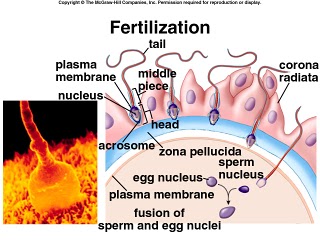
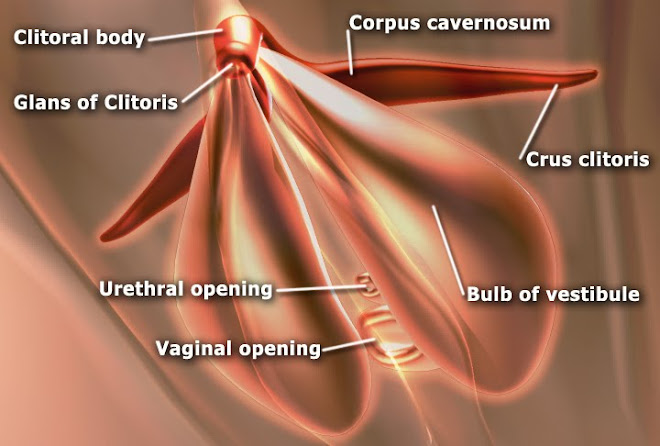
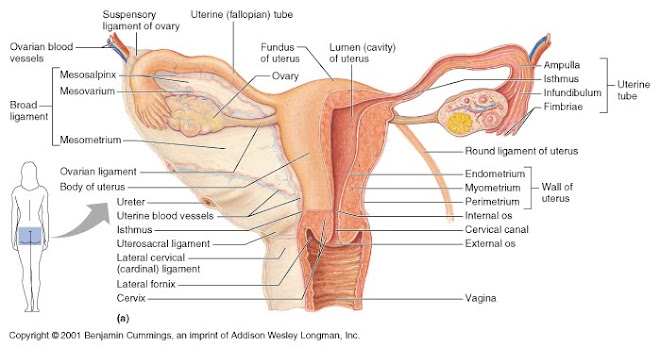

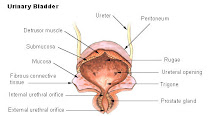
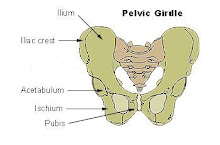
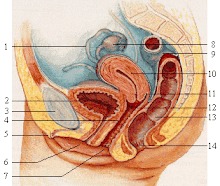
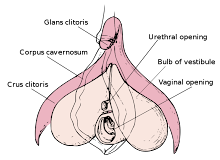
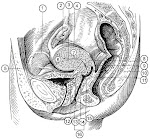
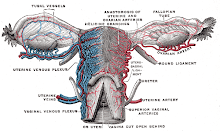
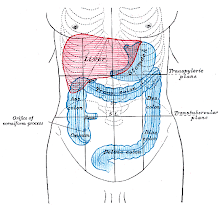

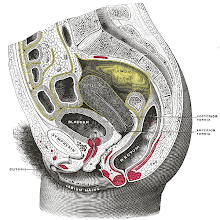


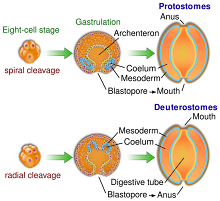
No comments:
Post a Comment